Description
This specially crafted package will teach you all the essential skills you need to begin your career as an IT Networking Expert. Our expertise within career development have enabled us to know what employers are looking for, and to then match those expectations with the correct and relevant courses, allowing us to create this package. While we can’t guarantee you a job in IT after completing this package, we have a wealth of industry knowledge that puts us in a position whereby we are confident that you will have an advantage over others when competing for roles.
This package contains the following courses, selected to give you the best possible skillset:
Cisco CCNA Routing & Switching Courseware (with Live Labs)
CIW Network Technology Associate Training (1D0-61C)
Cisco CCNA Wireless Courseware
While it is not a legal requirement to have the above qualifications to become a Networking Expert, most of the people applying for this or similar jobs will have these qualifications, so don’t hesitate, take the first step in your IT career today!
KEY LEARNING POINTS
Cisco CCNA Routing & Switching Courseware (with Live Labs)
Over the course of two modules, participants will learn everything they need to manage a basic Cisco network and begin the process of earning a CCNA qualification.
Upon completion of the first module, students will have learned:
How to implement Variable Length Subnet Masks (VLSM) to improve IP addressing efficiency.
The importance of IPv6 and how to implement it within a corporate network and the use of Open Shortest Path First (OPSF) routing
Implementing VLANs and Trunks to route and segment traffic for improved network performance.
Scaling a network using NAT and PAT to meet the need of a growing business.
The second section of the ICND course takes students through the process of managing, maintaining and troubleshooting a Cisco-based network. Using the supplied course materials and Practice-Lab access, participants will master:
Administration and licensing of Cisco hardware devices and management tools.
Configuration of clients for SNMP, Syslog, Netflow, OSPF and EIGRP according to specific business needs.
Troubleshooting IPv4 and IPv6 network connectivity.
The use of Spanning Tree protocol and Etherchannel.
The application of Layer 3 redundancy protocols to improve network resilience.
Cisco CCNA Wireless Courseware
Work through the modules at your own pace to make great advances in your technical skills.
After an introduction, work through comprehensive modules on networking, OSI model, host to host, LAN switching, LAN cabling media, IOS basics, basic switch op, VLAN Trunking, IPv4, VLSM, static route, IPv4 Upper, access control list, Cisco routers, WAN connect, NAT PAT, common services, securing remote access, Cisco dynamic routing, CISCO OSPF, Cisco IOS, switching II and IPv6.
Enhance your knowledge by watching the Cisco labs bonus content, which shows the technical skillset being used in real-world situations.
Reflect on your learning with the conclusion.
Move on to network review, terminology and fundamentals, PKI and cryptography, AAA, bring your own device, secure access, VPNs, secure routing and switching, firewalls, Intrusions Protection System (IPS) and content and endpoint security.
CIW Network Technology Associate Training (1D0-61C)
The modules on the course delve deep into network technology, from networking components and standards to connecting to the Internet and taking advantage of its multitude of services, through to hardware and devices and how to deal with network and cloud security risks. Content includes:
Essential networking technologies and skills, including TCP/IP, stable network creation, wireless networking and network troubleshooting
Various network components and protocols that enable users to share data quickly and easily
Various types of transmission media, and the ways that network architecture and topologies provide for efficient and secure communication
OSI reference model and its relationship to packet creation, plus the OSI model vs. the Internet architecture model
Functions and features of internetworking server types, and the benefits of implementing a Content Management System (CMS)
Basic hardware and operating system maintenance procedures
Mobile computing devices and the importance of RFC documents
Routing, IP addressing, IP address classes and subnet masks
Essential network security concepts, Internet-based challenges facing today’s users, and methods you can use to secure networks and network transmissions, including authentication, encryption and firewalls.
ADVANTAGES OF THIS COURSE
On completion of this course, you will have all the skills required to become an IT Networking professional. Every business these days relies heavily on having a solid and efficient IT network, and without this, many businesses would fail to operate. Once you have Networking qualifications, you will be able to start working in the IT industry, and take your first steps on a lucrative career path.
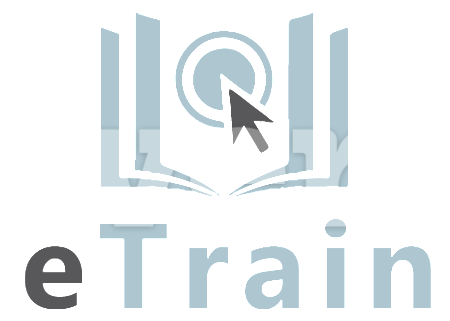
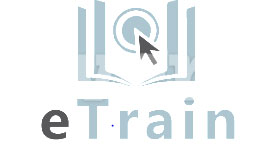
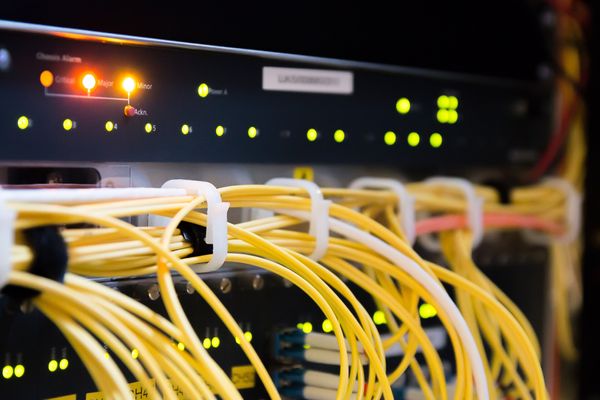

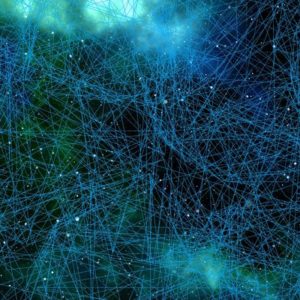

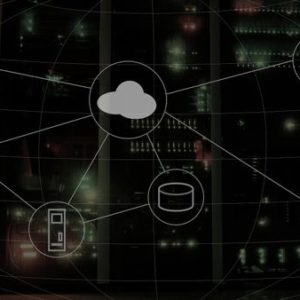
Reviews
There are no reviews yet.